It’s been awhile since we’ve had proper internet access (didn’t ever have the chance to get back on in Durban), so once again this will be a fairly long post…We’ve just barely reached the halfway mark of our trip, but it feels as if we have been here for over a month. We have been so busy, that most of us sat down for the first time in five days to take notes in our journals.
We left Durban the following morning and drove west towards the Drakensberg Mountains, near the border of South Africa and Lesotho (pronounced Le-soo-too). Lesotho is a tiny landlocked nation in the northeastern part of the country. We stayed at a backpackers lodge near a geological site called the amphitheater. The views of the area (photo below) were simply stunning. This was our chance to get out of the cities and experience a bit of the South African countryside.
Our first day there, we took a tour up to the second highest waterfall in the world. Unfortunately, the hike was extremely windy, so I don’t have any pictures from up top (sorry!). The wind was blowing hard enough that I was blown off my feet a couple times, which was unnerving (to say the least) given that we were about 1000 m up on the side of a mountain. What’s life without the chance of being blown off a mountain though, right? We did have a blast in another taxi, which drove us to the start of the hike. About half of us rode in my taxi, and we are looking ready for the hike – the after picture would be too embarrassing because we were absolutely beat!
More importantly, on the way towards the mountains we drove through a city called Qwa-Qwa, which is home to over one million people. Because it is one of the former “Homelands” established by the apartheid government, the area was extremely impoverished. The Homelands were the apartheid equivalent of our Native American reserves, but with the intent of actually using the blacks for labor rather than just moving them out of the way. Years later, these areas are still suffering from governmental mis-management, and it really is a shame. The people were friendly however, and some of the homes were quite nice even, though most were small shacks without running water.
The next day we took a day tour into Lesotho. Lesotho avoided being absorbed by South Africa, and has remained a sovereign nation. Though it is tiny, we actually had to pass through a South African border control and receive exit and re-entry stamps for our passports.
Lesotho is the third poorest country in the world. The children in the picture below attend a school that was payed for and receives funding from the monies collected from the tour we took (i.e. our visit is paying for their schooling). We were slightly saddened that these children weren’t nearly as excited as the ones in Khayelitsha (now the proper spelling!), but since they see vans of white people almost every day, it’s not that surprising. Worse was the fact that the children had grown accustomed to begging from the tour groups: Heather was asked “Hello, please give me chocolate/money/food”. Other small children just walked up with their hands out. Gordon, another McBride student, gave one child a two rand coin (worth all of thirty cents), and the child walked over to his younger sister and blatantly pointed at Gordon because they now knew he would hand them money. The rest of us gave the other three kids present a coin, just so everyone was even, but it is sad that begging is customary for these kids.
To lighten the mood, here is Hilary Hurst holding one of my favorite contraptions so far. This is a South Africa to Europe, Europe to America plug converter trio. The things we do for electricity!
We are now in Johannesberg, ending the second of four days in the city. Our first major experience was to visit the township called Soweto (South Western Township), which is home to some of the most important sites in the anti-Apartheid movement. We took a short walking tour showing us some pieces of life in Soweto before hitting the Hector Pieterson Museum (which documents the events of the Soweto Massacre, one of the turning points of the resistance) and the Apartheid Museum, which follows the development of the thoughts and feelings, then the laws, then the actions that created the apartheid state.
Below, this is a main street in Soweto with tons of the traditional taxi vans (which, for the record are significantly cheaper than taxis in the states. For R100 – $15 – 17 people can travel 10 km).
On the tour we stopped at a shebeen, an informal bar of sorts. The group of gentlemen in the picture below exchanged some words with us while we were there. Yes, the trashcan fire was the main focal point of the shebeen. We even bought and tried some of the “beer”, which is made from sorghum. Don’t worry, it was only a small sip, and at about 1% alcohol, it hardly counts. We were happy to share the fire for a bit, given that it was extremely cold that day.
To wrap up fairly quickly, the picture below is an out of service coal plant which was shut down because the pollution it produces is unsafe for the Soweto population of about 4.6 million people. The cooling towers were painted just before the World Cup to make the structures less ugly(one of the stadiums is just off the right hand side of the picture out of sight).
For a contrast, the pictures below are of the neighborhood we are sleeping in (we are resting safe and easy, so all the parents should too!). All of the houses have a wall and electric fence around them. Notice I said all, not most or some, but literally all of them. With one of, if not the highest crime rate in the world, these are reasonable precautions. However, our tour guide lives only a few blocks away, and she hasn’t suffered a break in in many many years, so we really are quite safe. The neighborhood is rather old, so the walls are pretty much standard.
Walking along the side walk:
A view right down the sreet:
Sorry it’s so long! this hasn’t even been close to everything we’ve seen and done, but I cannot write forever. These are definitely the highlights. Overall, the experience continues to thrill, delight, sadden. South Africa is a nation of stark contrast, and we see this every single day, sometimes hour to hour. Within single days, we have woken up to a breakfast served to us, walked through the streets filled with destitute poverty and informal bars, tasted fine South African wines from 1995, and been in a small house in a township followed by a mansion on a golf course. It is simply stunning.
The good news is, I’ve been assured wifi access at our next major stop. We leave Joburg on Friday, so until then I will have access, then will be able to reconnect on Sunday once more. IF I can get on daily, these posts would be much shorter!

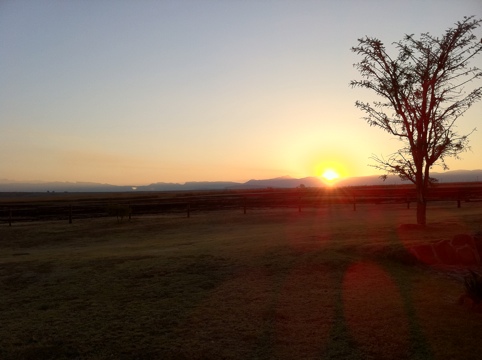
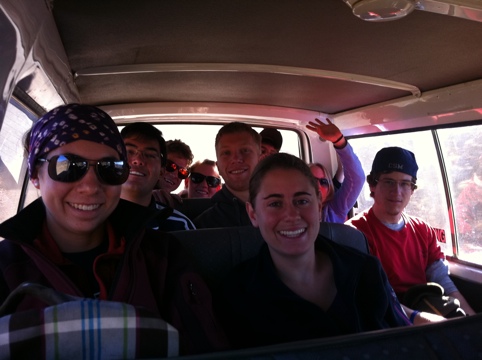
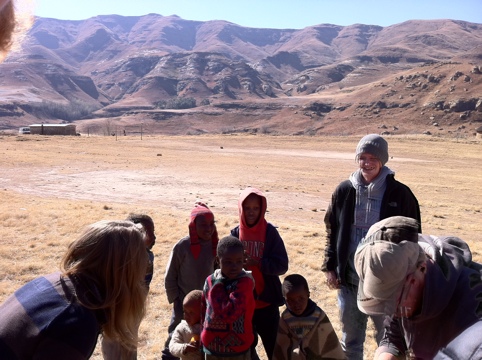
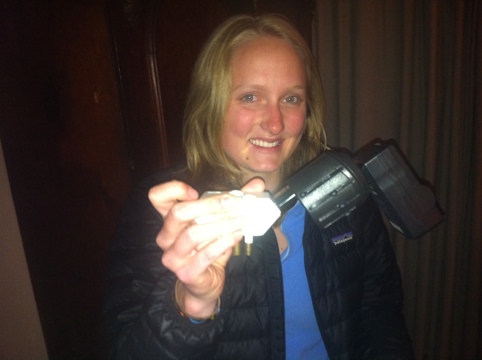
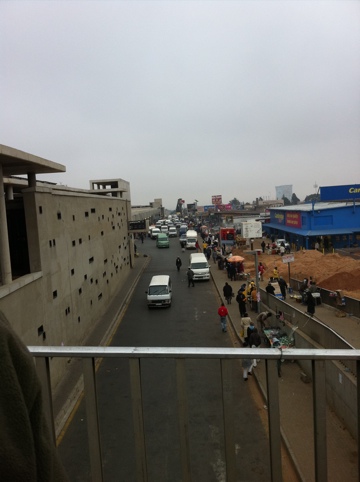

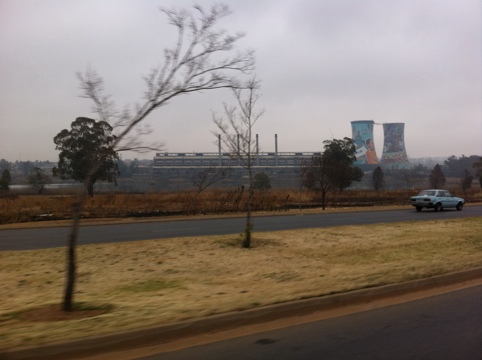
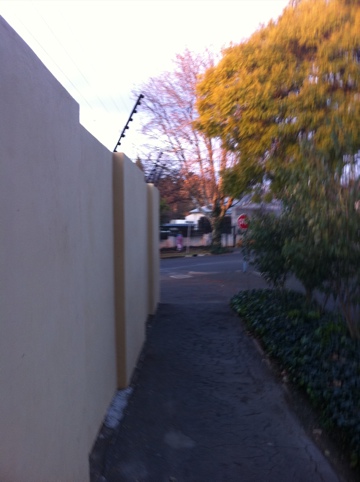
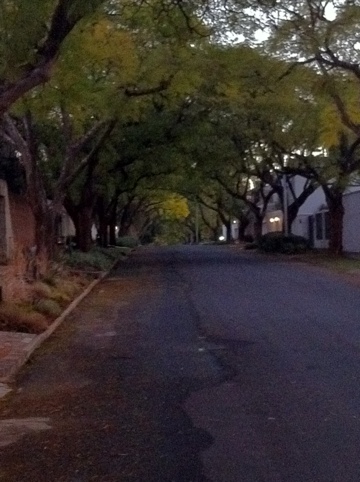

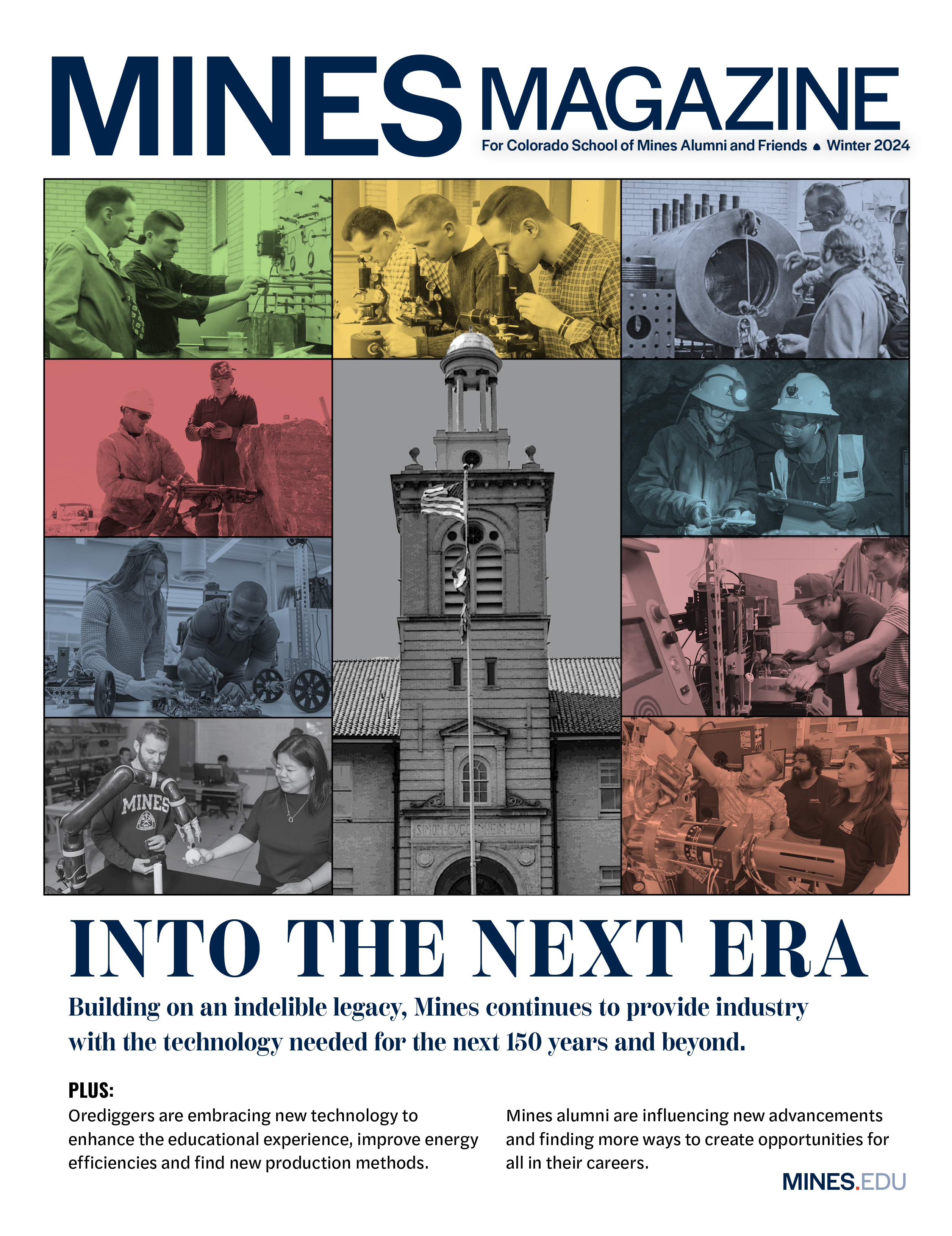
The Homelands were the apartheid equivalent of our Native American reserves, but with the intent of actually using the blacks for labor rather than just moving them out of the way”
Just moving them out of the way? Yeah sure, if you mean totally eliminating them ( Native Americans) then it would be a factual statement. Also mentioned the crime rate is the highest in the world ! Have you forgotten where you hale from…..USA has a higher crime rate !
“With one of, if not the highest crime rate in the world”
South Africa has a murder rate of 31.9 per 100,000 – there are countries with more than double this murder rate. There are numerous middle class areas without electric fences – although there are some gated communities whose fear of crime is based upon the high rates of the mid 1990s…
Thanks so much for sharing your experience in such depth Oliver. For me, sitting in Golden in my office, you’ve provided intimate insight into a country I’ve long wanted to visit. I look forward to reading whatever else you have time to post.